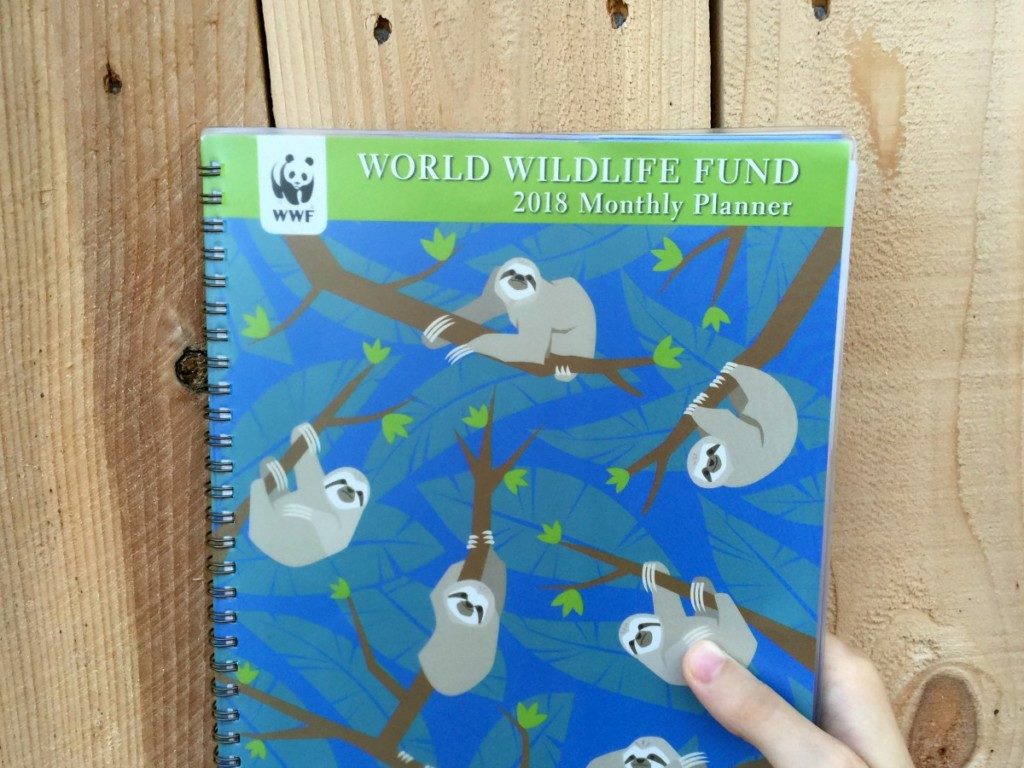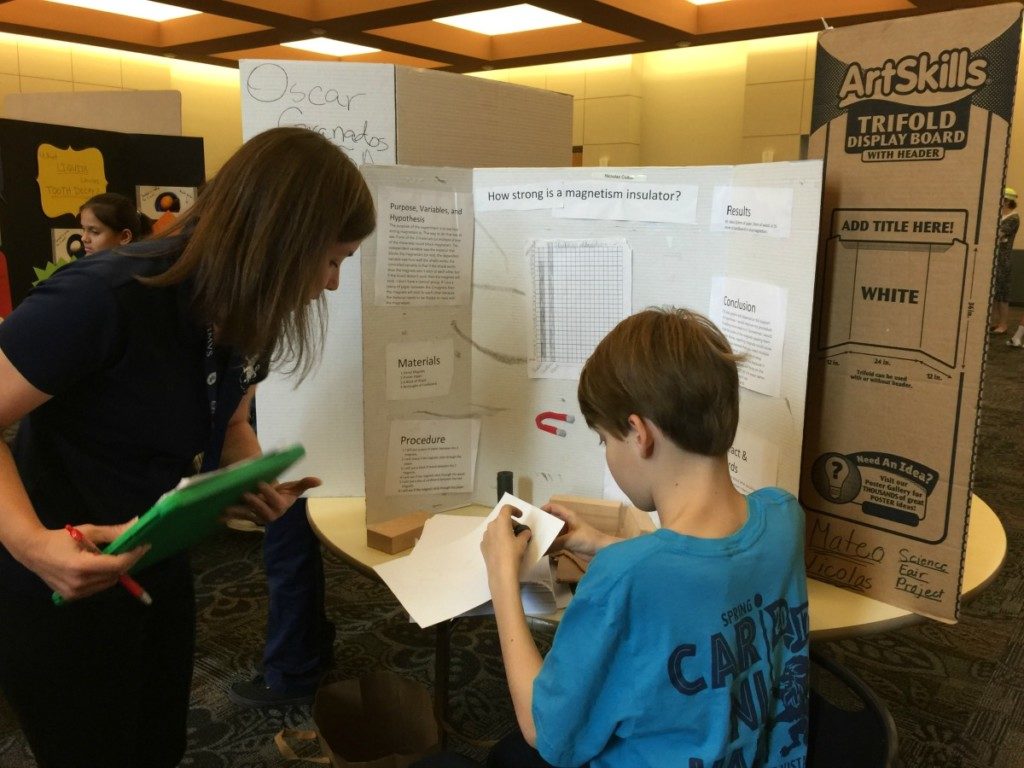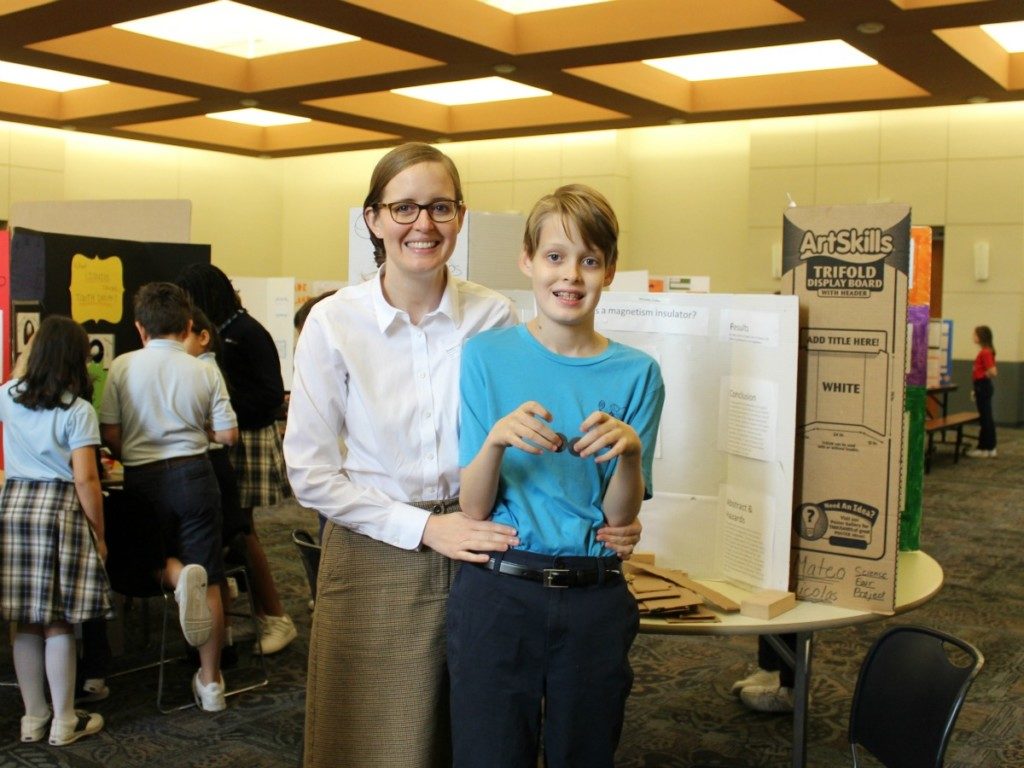
I opened the packet and read the first line: “All students in 3rd–5th grades are required to complete a science fair project.” The key word in that sentence is “students.” My son, F.T., was assigned a science fair project. Not us, not me—him. When it’s your child’s turn to complete a science fair project, a term paper, a service project, etc., always keep that in mind. It’s the best thing for your sanity in the short run, and for your child’s growth in the long run.
The moment I saw the 29-page packet, I resolved to step back as much as possible. I saw the science fair project as an opportunity to take the advice of authors like Jessica Lahey (The Gift of Failure) and Julie Lythcott-Haims (How to Raise an Adult). Our children are suffering from a crisis of overparenting, and the solution begins in our own homes and classrooms.
The science fair project had a lot of steps, and F.T. and I had our ups and downs. Sometimes it felt like it would be easier to just step in and do it for him. But what message does that send? “This is too hard for you. I don’t believe you are capable of doing this. Maybe someday, but not today.” In my opinion, a child raised like that will struggle to become an independent adult. I resolved to do things differently, and let this be F.T.’s science fair project.

The first challenge was scheduling. The teachers who wrote the packet did a great job mapping out mini-deadlines along a six-week timeline. As long as the students stuck to the timeline, they would get the project done on time and with minimal stress. F.T.’s school issued him a weekly planner, but he also has a monthly personal calendar (a World Wildlife Fund academic year calendar from Barnes & Noble), and he wrote down all the science fair project deadlines in his careful cursive. Over the course of the project, he referred back to the personal planner many times.
Selecting a topic is important for letting students find their intrinsic motivation. I thought back to my K–1st homeschooling days with F.T., when mentor Pamela Price recommended a book, Project Based Homeschooling. Author Lori Pickert advises that children explore more in-depth when they work on something that interests them and they direct their own learning, even when that involves mistakes, blind alleys, and failures. Letting children solve their own problems builds strength for handling bigger challenges in the future.
My hope was that F.T. would pick a topic that he was excited about so he would enjoy doing the experiment repeatedly to collect data. Think about what your child does when no one is telling him/her what to do, such as sports, playing outside, crafting, or cooking. Whatever it is, there is probably a science experiment related to that activity. F.T. brainstormed a list of about 10 topics related to his interests in Rube Goldberg machines, marble runs, paper crafts, and futurism. His sister, G.N., suggested magnets—her second-grade class was in the midst of a Core Knowledge unit about magnetism.
Guiding F.T. to think of an experiment was a challenge. Most of his potential topics were really demonstrations like the kind we see at the Witte Museum, the Science Mill, and Mad Science at the San Antonio Public Library. An experiment is based on an unknown or an educated guess—a testable hypothesis. The insight that science is about answering questions, is essential to understanding how science is a search for truth. One of F.T.’s topics stood out as experimentally testable: studying how insulators affect magnets.
F.T. wanted some books about magnetism, so I drove him to the library. I showed him how to use the library’s online catalog to search for books and have them sent to the hold shelves at our favorite branch, Landa Library. The packet called for writing the citations in a certain style, and I showed him how to find the publisher, etc., in the front matter of his books. He used the books and a webpage to write the review of literature—a short paper about magnetism. He is a confident writer, so I chose not to proofread it. The world didn’t end; in fact, he got full credit.
The teachers did a good job in class explaining the difference between independent and dependent variables and how to use units of measurement. However, it was hard to get F.T. to write down the steps of his experiment. (This is an autism challenge. Theory of mind is hard: if it’s obvious to him, then why write it down?) After a few rewrites, he got it. He showed me his list of materials. I helped him order some doughnut magnets from Amazon. He dove into the recycling bin for cardboard.
F.T. loved his topic, so he spent hours over a weekend repeating his experiments, and G.N. joined in the fun. I was worried that if I supervised the experiment, F.T. would expect me to do too much, so I asked my husband to step in. Meanwhile, I went out to watch A Bad Moms Christmas with my ACMB friends.

The next day, I looked at their data, but there were gaps, and he was not consistent about units of measurement. It was a tough decision, but I asked F.T. to run the experiments again. I reminded him to use his ruler to take measurements in millimeters and to write down all the data in a chart. Then, he used the chart to draw a bar graph. The data collection was my point of greatest involvement, and the part I am least proud of. I hope next time F.T. can use the skills he learned and manage the data collection himself.
Finally, it was time for the final paper, the display board, and the oral presentation. F.T. recruited G.N., who is detail-oriented, to help him with his display board. She peeled off the pictures from her first-grade project about Florida and helped F.T. attach his graph, abstract, safety sheet, etc., following the checklist in the packet. Meanwhile, I was at a movie preview for Wonder.

The day before the presentation was due, I sat down with F.T. to check his paper against the checklist. Unfortunately, some parts were missing. F.T. cried and apologized for not reading the packet more carefully. He agreed to rewrite his paper to follow the checklist. I needed support, so I texted my accountability partner Colleen Dippel, a former teacher and founder of Families Empowered. She wrote back: “Stay strong.” I stuck to my plan to take my dad to a chamber music concert that evening.
Did F.T. turn in a complete paper? No. When I peeked later, it was still missing a title page and who knows what else. Were the references in alphabetical order? I have no idea. His teachers may mark down his grade, and he can learn that lesson later.
The day of the science fair, F.T. was buzzing with excitement to bring his display board and materials to the science fair. That told me I was doing something right. F.T. was not exhausted or grumpy. In fact, he was full of confidence and a love of learning. The display board did not look polished, but it got the point across. He did not have a smooth oral presentation, but he could answer questions about his experiment and showed real understanding of his work. Later, F.T. said that his favorite thing about the science fair was telling his friends about his experiment and showing them how it worked.

As of this writing, F.T. hasn’t gotten his grade back yet. I know he is proud of what he made, and he learned a lot about science along the way. If he gets a low grade, that’s understandable: the paper had gaps, the display board was messy, and his oral presentation was halting. However, getting a good grade on a fifth-grade science fair project is not the point. The grade makes no difference in the long run, and it does not determine his value as a student, nor my worth as a parent. Now is the time to let F.T. make some mistakes. He will recover and learn resilience. Seeing his confidence and joy helped me recognize that I’d made the right choice by letting go. After all, it was his science fair project.












Thanks for this, going through independent study week with my 11 yr old son and going through some similar things!
My favorite part of this is that he wasn’t grumpy or exhausted the day of the science fair. He was still excited about his topic. Well done, good mom.